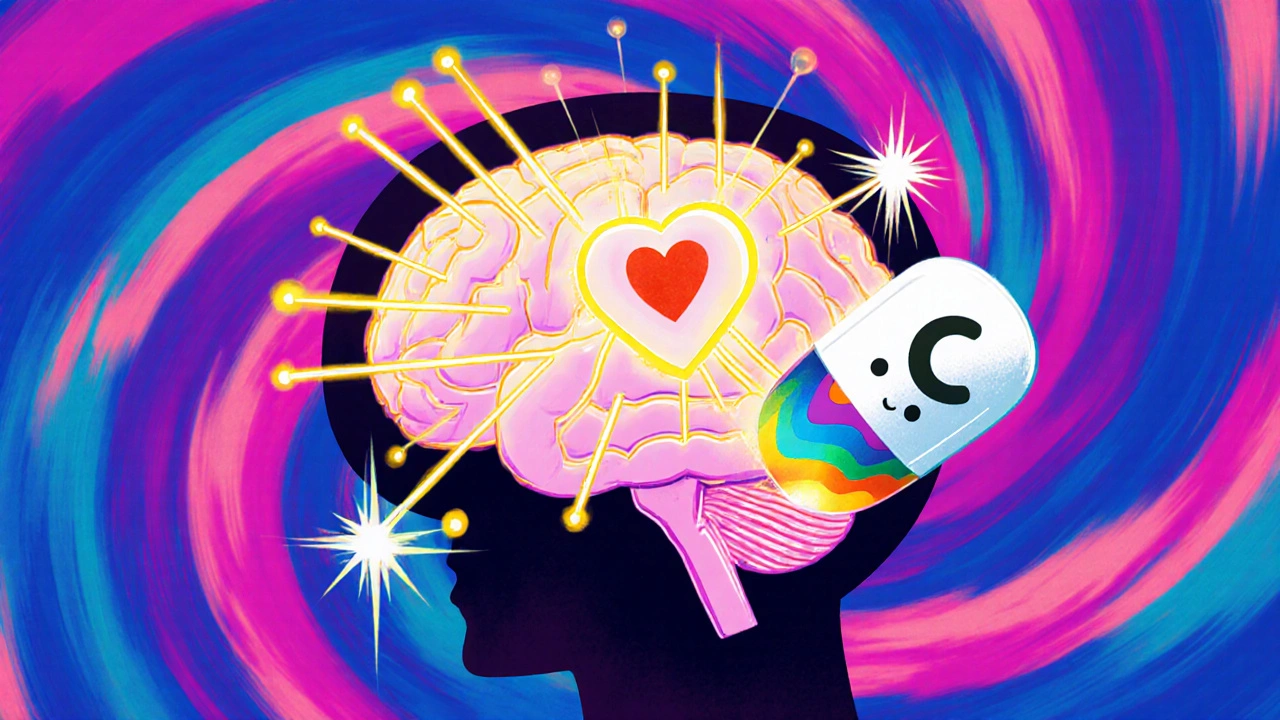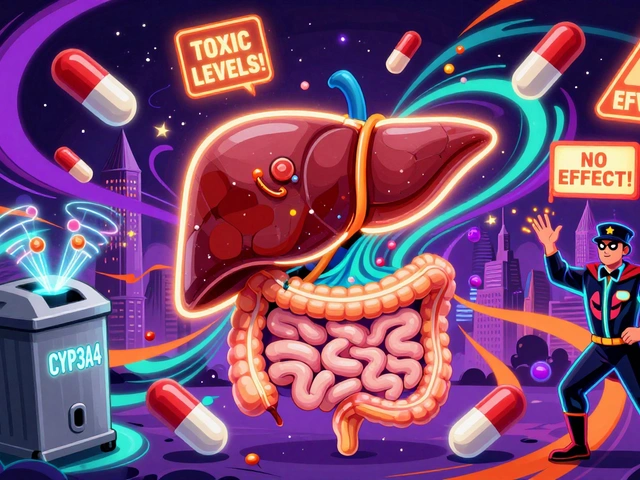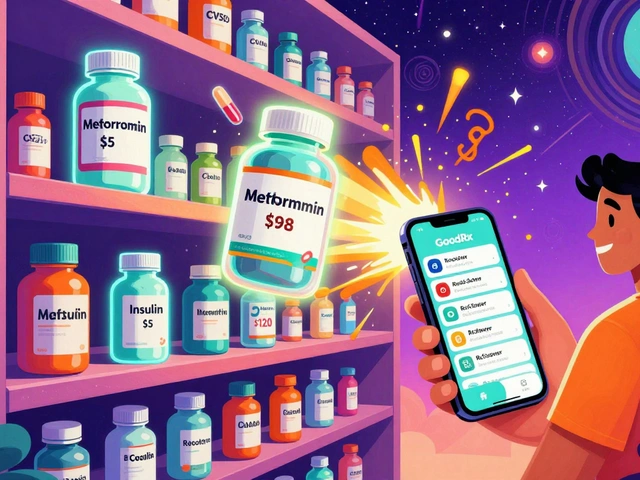Alpha-2 Agonist: How This Drug Class Works and When It’s Used
When talking about alpha-2 agonist, a medication that activates alpha‑2 adrenergic receptors to blunt sympathetic signals. Also known as α2‑adrenergic agonist, it lowers heart rate, reduces blood pressure, and can produce calming or sedating effects. The class alpha-2 agonist includes several well‑known drugs. For example, Clonidine, a short‑acting blood‑pressure reducer also used for withdrawal symptoms is one of the oldest agents, while Guanfacine, a longer‑acting version often prescribed for ADHD offers a smoother dosing profile. Another key player is Dexmedetomidine, an IV sedative favored in intensive care units. All three share the same mechanism—binding to the alpha‑2 receptors in the brainstem and spinal cord to dampen nerve‑cell firing. This basic setup creates a chain of relationships: the central entity (alpha‑2 agonist) encompasses these sub‑agents, the sub‑agents require receptor binding, and the resulting sedation influences ICU patient management.
Clinical roles and how they differ
Alpha‑2 agonists can be mapped to a few core clinical uses. First, they treat hypertension by cutting down norepinephrine release, which directly lowers vascular tone. In this context, the attribute “blood‑pressure reduction” has the value “10‑20 mm Hg drop in systolic pressure within hours” for clonidine, while guanfacine typically shows a “5‑15 mm Hg reduction” over days. Second, they manage anxiety and withdrawal symptoms; dexmedetomidine’s sedation profile lets doctors keep patients calm without deep unconsciousness, offering a “rapid onset in 5‑10 minutes” and an “easy wake‑up” compared to traditional benzodiazepines. Third, they help children with ADHD: guanfacine improves attention scores by “15‑20 % on standard rating scales” with minimal impact on heart rate. Fourth, in the ICU they act as a “light‑to‑moderate sedative” that preserves respiratory drive, which is why dexmedetomidine is paired with minimal ventilator settings. Each of these use‑cases forms a semantic triple: "Alpha‑2 agonist enables hypertension control," "Alpha‑2 agonist supports ADHD therapy," and "Alpha‑2 agonist provides ICU sedation." The drug class also interacts with other therapies—clonidine can be added to beta‑blockers for resistant hypertension, while guanfacine may be combined with stimulants for ADHD.
Choosing the right agent depends on three practical factors: duration of action, route of administration, and side‑effect profile. If you need a once‑daily oral pill for a teenager with ADHD, guanfacine’s long half‑life (about 17 hours) makes it a convenient choice, and its most common side‑effect is mild dry mouth. For acute blood‑pressure spikes or opioid withdrawal, clonidine’s oral or transdermal patches give quick control, but you’ll watch for rebound hypertension if you stop it suddenly. When the goal is procedural sedation or keeping an intubated patient comfortable, dexmedetomidine’s IV infusion offers titratable depth of sedation with minimal respiratory depression, though you’ll monitor for bradycardia and low blood pressure. Across the board, all three share the attribute “alpha‑2 receptor activation” with the value “decreased sympathetic outflow.” Understanding these attributes helps you match the drug to the patient’s situation and avoid unnecessary complications. Below you’ll find detailed comparisons, safety tips, and dosage guides that break down each of these agents further, so you can decide which alpha‑2 agonist fits your needs best.
Clonidine vs Alternatives: A Detailed Comparison Guide
A comprehensive guide comparing clonidine with its main alternatives, covering mechanisms, uses, side effects, and how to pick the right drug for hypertension or ADHD.





